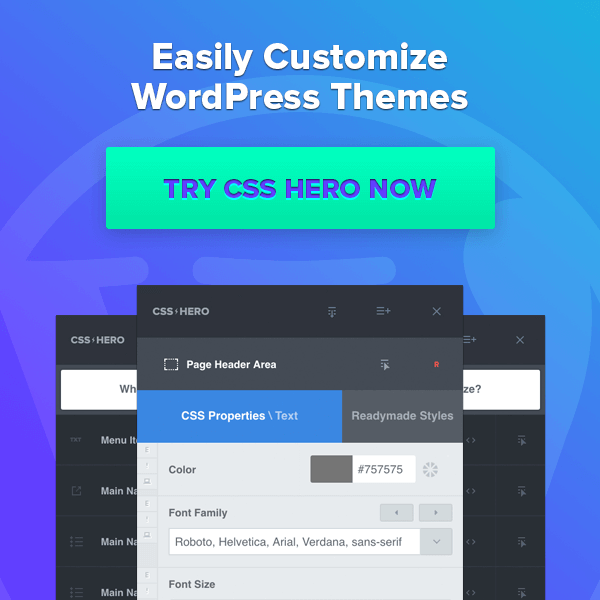Geomarketing – Location Data Marketing
We have all have seen the location pop-up box asking if it’s okay to use our location to automate searches, directions, etc. This can be very helpful and results are shown faster and more accurate for the intended user.
However, how does this effect marketing in business? Is this a negative or positive trend for digital and mobile campaigns?
What is location data marketing?
Location data at its core is used on your computers and mobile devices to share your current location or saved addresses (home, business, etc.). This is very helpful for emergency situations, avoiding that awful traffic backup or simple to find good restaurants in your current location.
For marketing purposes, the term used for this strategy is called, geomarketing. Any form of marketing that encompasses the use of location data in order to improve and boost sales through specific messaging is considered geomarketing. This can help pinpoint very specific needs for a certain audience, increase response rates and increase customer engagement through personalization.
The use of geomarketing can be used on a targeted campaign that is location-specific based on proximity, or on history and consumer behavior.
The benefit and complexity of geomarketing, is that it uses real-time tactics to target specific needs within a specific area, right when the user needs it. This can become overwhelming and can be quite scary for the user because it comes with the “big brother” worry. Does the everyday consumer always need someone looking over their shoulder on what they are doing or does the convenience and personalized service outweigh the user’s insecurities? This is a question your company will have to work around when developing the geomarketing strategy and what data and how personalized you become.
Factual, a global leader in location data, found in a recent survey that more than 80% of business respondents stated they use location data to heighten advertising and marketing campaigns. And 83% of respondents stated they saw a higher response rate and a higher customer engagement in their marketing campaigns. This is a direct correlation of using location data to understand and learn more about the needs and wants of your consumer base.
Brick-and-mortar businesses are finding that geomarketing is helping bring consumers back in to their stores at a time when in general it seems to be decreasing with online retail giants. Being able to use creative advertising with the combination of location data and strong SEO keywords will draw the attention of potential customers to your store.
Engaging consumers within your target audience should be the key when utilizing geomarketing within your marketing campaign. Without engagement there will be a decrease in the potential to convert them in to loyal customers. Be mindful of the intended use of location data and what your audience is looking to.
2019 Geomarketing Trends
With the increased use of location based marketing, new tactics are being set to enhance and improve use for a company’s intended audience.
- Augmented Location – this will include augmented location data about a user’s behavior pattern to enable a company to create timelier, customized engagement opportunities. Using context to create targeted ‘smart notifications’ (marketing messages) to improve the customer experience.
- Beacon Technology – this technology has been around for a while, but recently has been improved. Beacons are installed to send out signals to mobile devices only within a range of a few meters. This tactic will increase the use of highly targeted messages as a user moves locations. This tracking will help gather detailed data on a consumer’s behavior pattern to leverage specific offers and promotions.
- Hyperlocal Marketing – similar to beacon technology, hyperlocal marketing will utilize location data to target customers in a specific geographical area or a specific destination. This will be very beneficial for smaller businesses, as you can create relevant and targeted messages to the set of consumers in this area. The difference between beacon technology and the hyperlocal tactic is the range becomes wider than just a few meters with the beacon technology.
- Mobile App Localization – this encompasses taking strategy that worked in a specific area to adapt to implement in another location through the channel of a mobile app.
Ways to use Geomarketing
Now that you have decided to use geomarketing in your marketing strategy, now how do you execute?
- What type of creative will be used? Will it involve a local influencer, specific promotional offer, etc.?
- How many versions of the creative will you need? Will this be only a copy change for a specific audience or a slight design change?
- Will your marketing pieces perform best with variable data pieces within the copy? This can include gender, age, amount spent based on history. How will this interact with your current CRM and creative delivery platform (email, social media, etc.)?
- Have you accounted for SEO keywords, tags, and digital ads (pay-per-click and/or retargeting)?
Setting your goals from the marketing campaign that align with your brand strategy will help pinpoint the creative needed for effective geomarketing.
At Colleen Eakins Design, we can consult with your team to ensure that the creative you wish to execute is shown at the right time and at the right place.





